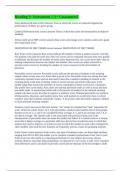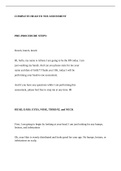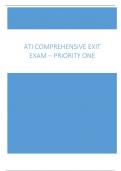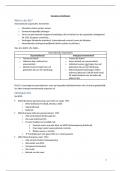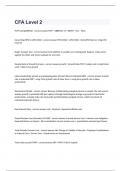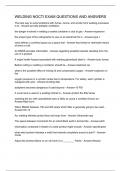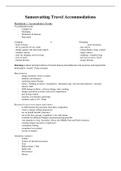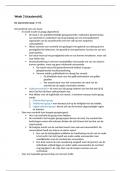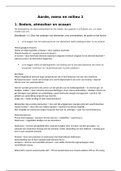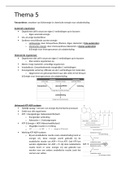Tentamen (uitwerkingen)
Reading 3: Assessment || A+ Guaranteed.
- Vak
- Instelling
Norm Referenced tests correct answers Tests in which the scores are measured against the performance of others in a given group. Critteria Referenced tests correct answers Tests in which the scores are measured by an objectve standard. Terms you'll see in NRT correct answers Raw score, percen...
[Meer zien]
